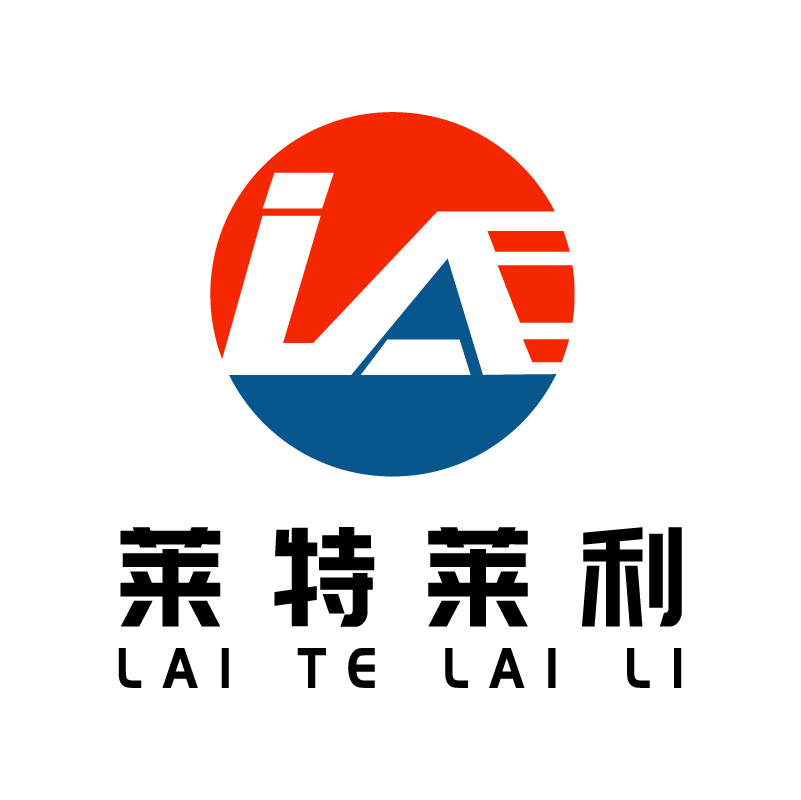What is the effect of reinforced wax based carbon tape on glass material?
The effect of using enhanced wax-based carbon strips on glass materials depends on several key factors, including the characteristics of the carbon strips, the capability of the printing equipment, and the treatment of the glass surface.
Print effect analysis
1. Adhesion:
Enhanced wax-based carbon tape has good adhesion to substrate materials such as coated paper, but its adhesion effect may be affected on a smooth and difficult to adhere material such as glass. Therefore, when using the enhanced wax-based carbon tape on the glass, it may be necessary to first perform appropriate treatment on the glass surface, such as grinding, cleaning or using special adhesives to improve the adhesion of the carbon tape.
2. Print clarity:
The enhanced wax-based carbon strip itself has a high-resolution printing effect, which can clearly print a variety of text, graphics and images. However, when printing on the glass surface, due to differences in material characteristics, the final print clarity may be affected. Ensuring that the printing equipment is optimised and that high-quality printing parameters are used will help to achieve clearer printing results.
3. Durability:
The enhanced wax-based carbon strip has good durability and weather resistance, but when used on the glass surface, its durability may be affected by the glass material and the external environment. For example, glass labels used outdoors may be affected by ultraviolet light, temperature changes, and other factors, causing printed information to fade or fall off. Therefore, these external environmental factors need to be considered when selecting carbon belts and printing schemes.
Application scenario consideration
In some specific application scenarios, such as the label on the windshield of the car, glass panel identification of household appliances, etc., enhanced wax-based carbon tape may not be the best choice. These scenarios may require printing solutions with higher adhesion and durability, such as using resin-based carbon strips or other special materials.
However, in some glass-surface printing applications where adhesion and durability requirements are not particularly high, enhanced wax-based carbon strips are still a viable option. For example, glass signs used indoors, temporary labels on display supplies, etc.
Conclusion
In summary, the effect of using enhanced wax-based carbon strips on glass materials can be affected by a variety of factors. In order to ensure the best printing results, it is recommended to conduct adequate testing and evaluation before practical application, and select the appropriate carbon strip and printing scheme according to the specific needs. At the same time, the appropriate treatment of the glass surface is also one of the key steps to improve the printing effect.



